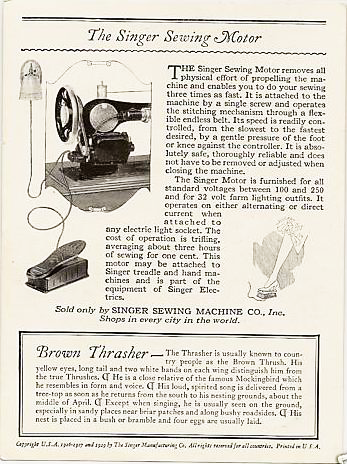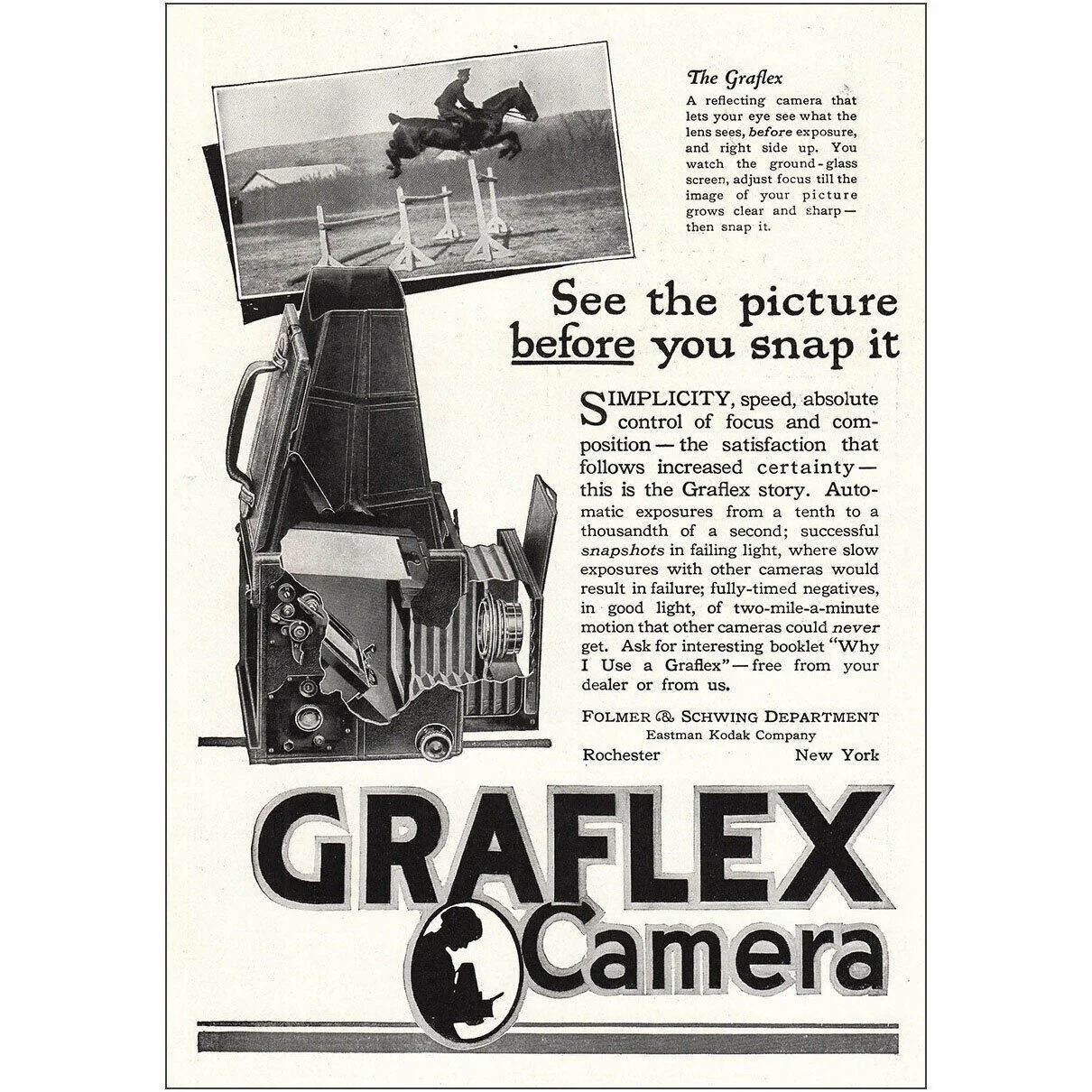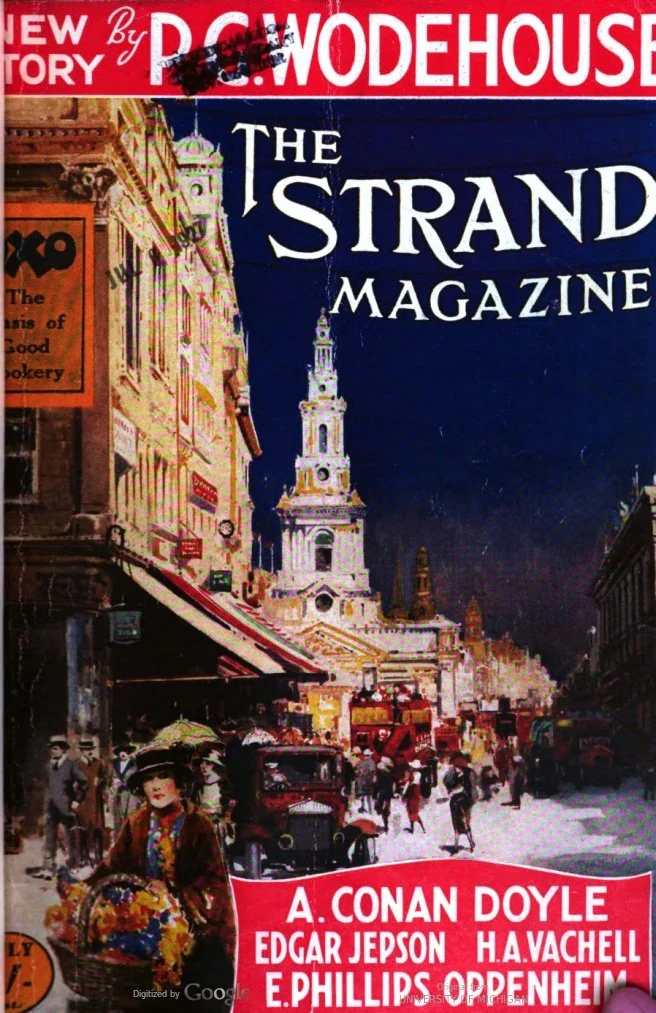The Hooper Girls’
Guide to high society
October 25, 1928. A year after the cursed Sanguis Ruby killed thousands in a disastrous dam break, it vanishes from a bank vault in the middle of the night. Although millionaire and town patron Chester Abbott squeezes the corrupt police force to get his gem back, the thieves elude the authorities. When the ruby lands in the hands of the four Hooper sisters, they must work together to find the thief and the cause of the dam break before the truth - and the Hooper girls - get washed away.
The Hooper Girls’ Guide to High Society is a thrilling historical fiction novel from autistic debut author Audrey Amato. Follow the adventures of the Hooper sisters, lovingly inspired by the author’s own sisters, as they navigate cats, murder, family game night, chilly fall vibes, bootleg liquor, the World’s Most Obstinate Can of Beans, and an epic finale at a Halloween Masquerade. The Hooper Girls’ Guide to High Society will delight and captivate fans of Lessons in Chemistry, The Seven Husbands of Evelyn Hugo, or Girl Waits with Gun.
Wendy
Wendy has devoted her life to taking care of her sisters, her clients, her friends, and her community, especially as it recovers from disaster. Caring for others is all she knows, especially since losing her husband in the dam break and her baby shortly after.
Shortly after the Sanguis Ruby disappears, she gets a phone call from the sister of George Harvey, her husband’s former boss. Although Harvey has been missing and presumed dead, his sister believes him to be alive.
While pursuing Harvey, Wendy uncovers a horrifying secret about her husband’s fate that leads to her own close brush with death. She must follow the trail all the way to Youngstown to find answers before she loses everything she has left.
Jean
Jean learned early that if she had a camera in her hand, no one would ask questions about her quirks, her shyness, or her selective mutism. Her successful photography business gave her a place in the community to showcase her skill instead of her oddities.
While on a high profile assignment, Jean crosses paths with Nick Abbott, the handsome - if naive - heir to the Abbott fortune. Their connection is undeniable. But romance with the most eligible bachelor in town is not all it is cracked up to be. Can Jean survive the target on her back and the fringe on her hem long enough to capture the picture that will save her sisters?
Sam
Samantha could not say what was worse: days spent at her librarian job with her overly-perky coworker, or evenings spent at the ladies’ boardinghouse pining for one of the other residents. Shunned by society, Sam’s only comforts are books and the sciences and philosophy that they contain.
An unlikely gift from a fortune teller forces Sam to confront everything she thought she knew. Channeling her hero Sherlock Holmes, Sam races to unravel the conspiracies surrounding her sisters before it is too late. But should all secrets be exposed?
Carole
Carole’s beauty, charm, and boundless work ethic have landed her an important job at the tender age of twenty. As secretary to Chester Abbott, the town patriarch, she enjoys almost enough wealth and privilege to support her ambitions. She longs to open her own investment firm to support small women-led businesses; and she wouldn’t object if there were a few mink stoles along the way.
A year after the dam break, she finally gets access to the official state report. Shortly after, her contact on the investigation board disappears. When the contents of the report threaten to wreak havoc on her employer and the whole town, Carole must find the real cause of the dam break, even if it costs her career.
Autistic Representation
Although the diagnosis of autism is new, autistic people have existed through all eras of history. It is important that historical fiction books reflect that reality. If Jean and Sam were real people today, they would most likely have a diagnosis on the autism spectrum.
Writing this book saved my life. I set out to write characters like my sisters, but I ended up writing characters like myself. Observing my own characteristic outside of me led me to understand my own autism. I hope that autistic readers will see themselves reflected here, too.
-Audrey




